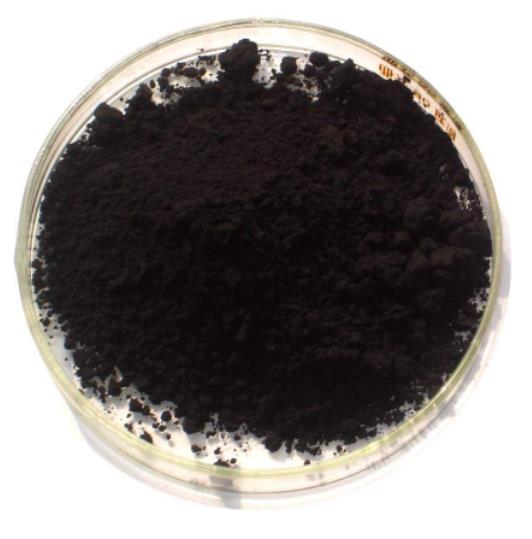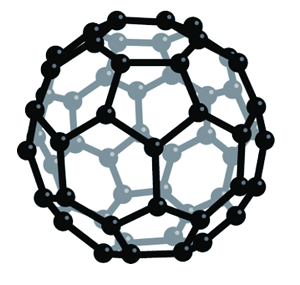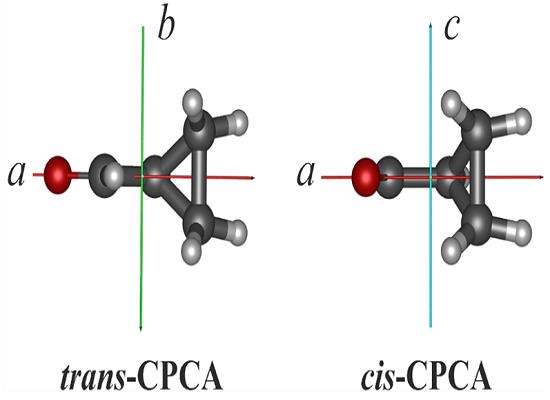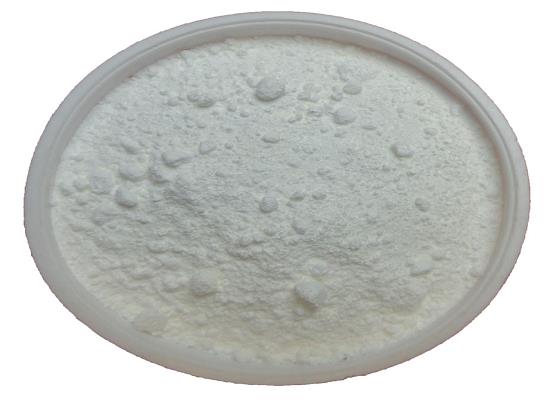Fullerene C60: functionalization and applications in biosensors
General Description
Functionalized Fullerene C60 has been widely used in biosensors to enhance electron transfer rates. Exohedrally functionalized fullerenes, with attached organic or organometallic groups on the exterior, offer diverse functionality and accessibility. Various studies have demonstrated the potential of functionalized fullerene C60 in biosensor applications, including glucose biosensors and urea biosensors. In glucose biosensors, fullerene coatings and fullerene-based amperometric sensors have shown improved sensitivity and detection capabilities. In urea biosensors, fullerene-cryptand-22 coatings on quartz crystals and fullerene-urease bio-conjugates have demonstrated good sensitivity and reliable urea detection. These findings highlight the promising role of functionalized Fullerene C60 in enhancing the performance, specificity, and sensitivity of biosensors in various applications.

Figure 1. Fullerene C60
Functionalization
Fullerene C60 has been employed as a mediator between the recognition site and electrode in biosensors to enhance electron transfer rates. Functionalized fullerene C60 can be broadly classified into exohedral and endohedral types based on the location of functional groups. Exohedrally functionalized fullerenes, with organic or organometallic groups attached to the exterior of the carbon cage, have shown diverse functionalities and are more accessible for biosensors. Various studies have demonstrated the potential of functionalized fullerene C60 in biosensor applications. For instance, modified fullerenes were mixed with single-walled carbon nanotubes, resulting in a new structure of fullerene-carbon nanotubes for biosensor fabrication. Nanocomposite electrodes based on ordered mesoporous carbon and fullerene exhibited favorable electron transfer kinetics. Moreover, fullerene embedded in self-assembled lipid membranes acted as an excellent electron carrier/mediator, enabling redox reactions and electrochemical sensing. Recent research has focused on integrating gold nanoparticles and fullerenols into biosensor electrodes to enhance performance. Fullerene-modified immobilized enzymes/antibodies/proteins have also demonstrated promising sensing capabilities for detecting biological species. Overall, functionalized fullerene C60 holds great potential for improving the robustness, specificity, and sensitivity of biosensors in various applications. 1
Applications in biosensors
Glucose biosensors
Fullerene C60 has been widely used in glucose biosensors to overcome the interference caused by other biological species in blood samples. The application of fullerene in glucose biosensors includes C60 coated piezoelectric sensors and fullerene-based amperometric biosensors. The first reported use of fullerene-mediated biosensors for glucose detection was by Gavalas and Chaniotakis (2000). They immobilized varying amounts of fullerene onto the biosensor to develop an amperometric sensor against the enzyme glucose oxidase (GOx). The sensitivity of the biosensor increased with increasing amounts of immobilized fullerene. The sensor exhibited a linear range of response from 50 to 1000 µM glucose, with a limit of detection of 13 µM. Chang and Shih (2000) proposed a piezoelectric glucose biosensor based on fullerene-cryptand-22. This biosensor involved coating a piezoelectric quartz crystal with fullerene-cryptand-22 and measuring the frequency of the crystal. The presence of glucose caused the frequency to decrease due to the adsorption of gluconic acid on fullerene-cryptand-22. The biosensor showed good reproducibility and had a lower limit of linearity of approximately 1×10−5 M, making it highly sensitive to glucose molecules in biological samples. These findings demonstrate the potential of fullerene C60 in enhancing the performance and sensitivity of glucose biosensors, allowing for accurate and reliable glucose detection in the presence of interfering substances. 2
Urea biosensors
The application of Fullerene C60 in urea biosensors has shown promising results. A piezoelectric biosensor for urea detection was developed using fullerene-cryptand-22 as a coating material on the surface of a PZ quartz crystal. The biosensor demonstrated good sensitivity to urea in aqueous solutions, with a detection limit of ≤10−4 M. The use of fullerene with cryptand-22 allowed for the creation of an insoluble compound for coating on the PZ crystal, enhancing the absorption of NH4+ produced from the hydrolysis of urea. Comparative testing between solvated urease and immobilized C60-urease showed similar performance, suggesting that C60-urease can be an alternative to solvated urease in urea biosensing. The fullerene-COOH derivative was immobilized with urease enzyme to create a biosensor for quantitative identification of urea. Real sample analysis of diluted urine solutions showed promising results comparable to the standard UV-Vis method, with a difference of less than 5%. The fullerene-based electrode exhibited good sensitivity and a response time of 2 minutes for each determination. These studies demonstrate the potential of Fullerene C60 in urea biosensors, offering reliable and sensitive detection of urea in various samples. 3
Reference
1. Afreen S, Muthoosamy K, Manickam S, Hashim U. Functionalized fullerene (C₆₀) as a potential nanomediator in the fabrication of highly sensitive biosensors. Biosens Bioelectron, 2015, 63:354-364.
2. Vasilis GG, Nikolas AC. [60] Fullerene-mediated amperometric biosensors. Analytica Chimica Acta, 2000, 409:131-135
3. Wei LF, Shih J. Fullerene-cryptand coated piezoelectric crystal urea sensor based on urease. Analytica Chimica Acta, 2001, 437:77-85.
);You may like
Related articles And Qustion
Lastest Price from Fullerene C60 manufacturers
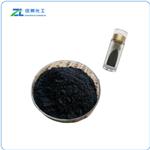
US $50.00/kg2024-04-23
- CAS:
- 131159-39-2
- Min. Order:
- 1kg
- Purity:
- 99%
- Supply Ability:
- 5000kg/Week

US $110.00-90.00/kilogram2024-03-01
- CAS:
- 131159-39-2
- Min. Order:
- 1kilogram
- Purity:
- 99%
- Supply Ability:
- 500 tons

